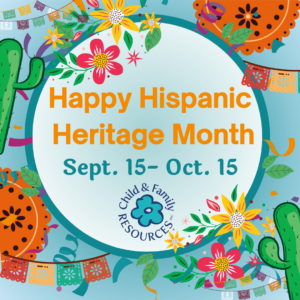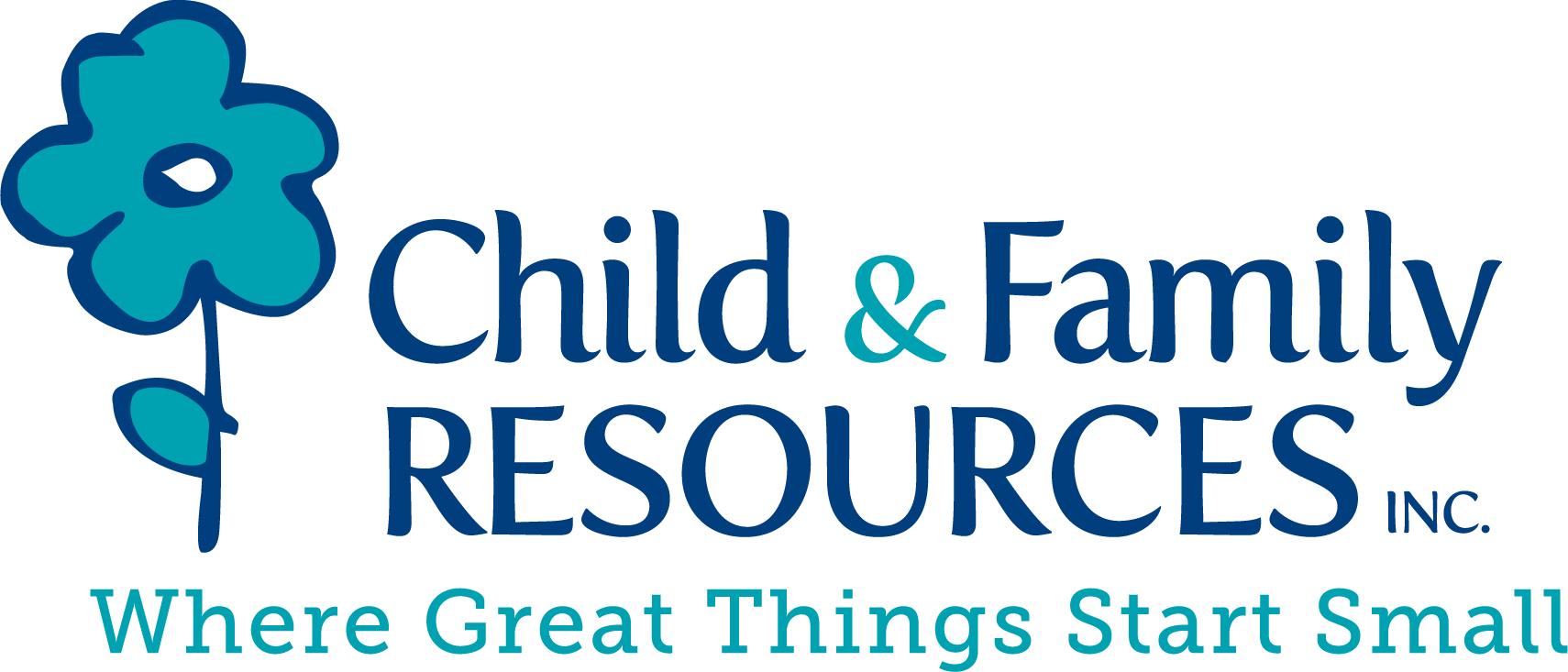Latino/Hispanic Heritage Month: Embracing Diversity and Fostering Understanding

From September 15 to October 15, we have the privilege of observing Latino/Hispanic Heritage Month.
This special time invites us all to learn about and appreciate the rich tapestry of identities within Latino and Hispanic communities. The roots of this celebration stretch back over five decades when President Lyndon Johnson established a week-long observance President Lyndon Johnson signed Proclamation 3869. Over time, it grew into a full month of recognition. While often called National Hispanic Heritage Month, many now use the term Latino Heritage Month or Latinx Heritage Month.
These evolving terms reflect an ongoing conversation about identity and inclusion. The shift to “Latinx” represents an effort to welcome those who may not feel represented by gendered terms like Latino or Latina, including non-binary and gender-nonconforming individuals. It’s also meant to embrace the full diversity of these communities, including Indigenous, Afro-Latino, Asian Latino, and non-Spanish speaking individuals.
The complexity of Latino and Hispanic identities in the United States is truly remarkable. These communities include U.S.-born citizens, immigrants, and people with varied cultural backgrounds. Many have mixed heritage due to the complex history of Latin America, including Spanish, Indigenous, and African roots. Religious diversity is also part of this picture, with faiths ranging from Catholicism to Judaism and Islam.
Research suggests that about 3 percent of Asian Americans also identify as Asian Latino or Asian Hispanic, and an estimated 6 million U.S. adults identify as Afro-Latino. These numbers hint at the incredible diversity within these communities.
As we celebrate this month, take time to explore the rich histories, cultures, and contributions of Latino and Hispanic communities. There’s always more to learn, and by listening to diverse voices and experiences, we can develop a deeper appreciation for the complexity and beauty of these heritages. This understanding can help strengthen our connections with one another and enrich our shared cultural landscape.

